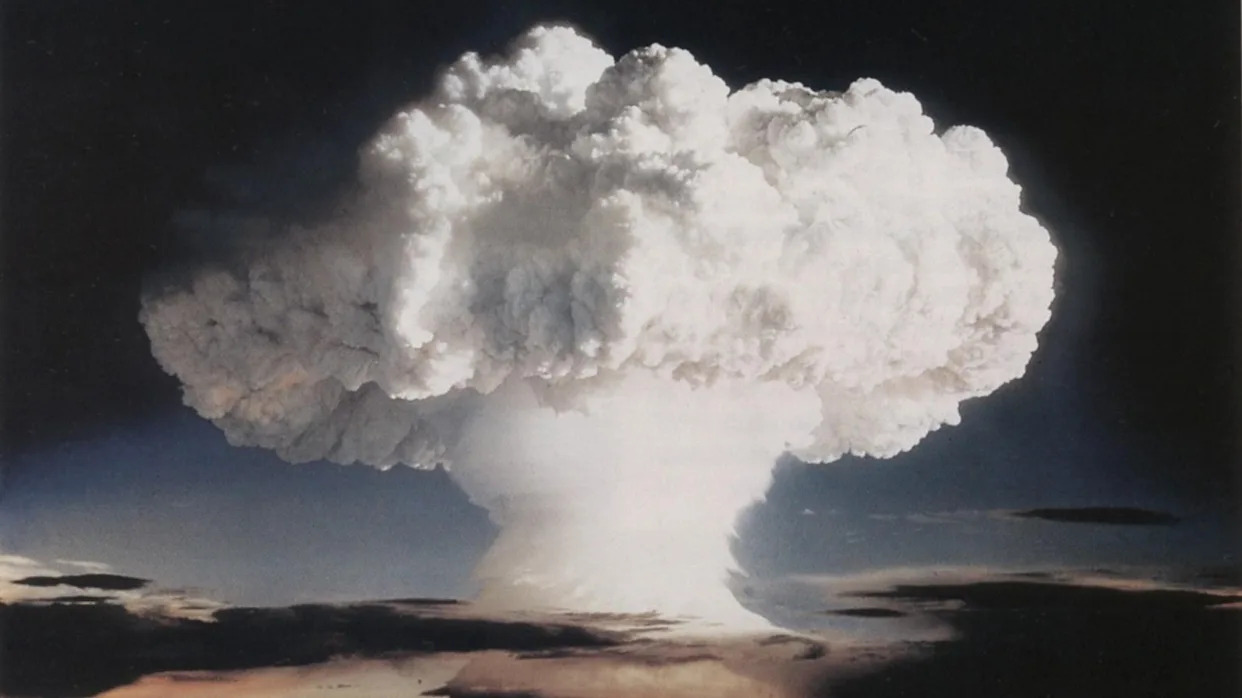
Carving an artificial harbor out of Alaska’s remote northwest coast would take just an instant, claimed the Atomic Energy Commission (AEC) in 1958.
They’d just bury six atomic bombs under the earth, where Cape Thompson met the Chukchi Sea, then detonate them in a daisy chain nearly eight times more powerful than those dropped on Nagasaki and Hiroshima combined. Done at the right time of year, early spring when snow cover protected plants and most birds had absconded for warmer climes, there would be minimal fallout. The local Iñupiat community’s hunting season would be interrupted for only a few weeks; a few months, at most.
In exchange for the small amount of radiation given off by the “cleanest bombs available,” the region would gain a new way to extract natural resources; the local economy would flourish. But Project Chariot—the first to be seriously considered as part of the AEC’s wider Project Plowshare, which sought to harness nuclear power for good instead of evil—wasn’t just about Alaska or its resources.
“[Project Chariot] was both an end in itself and a means to an end,” explains Scott Kaufman, chair of the department of history at Francis Marion University and author of Project Plowshare: The Peaceful Use of Nuclear Explosives in Cold War America. “It was envisioned as an end in itself because the idea was to use nuclear explosives to create a harbor,” he says. “But it was also viewed as a means to an end because it would provide data necessary for what became the centerpiece of the Plowshare Project, which was the construction of a sea-level isthmian canal [a waterway created across a narrow strip of land] somewhere in Central America.”
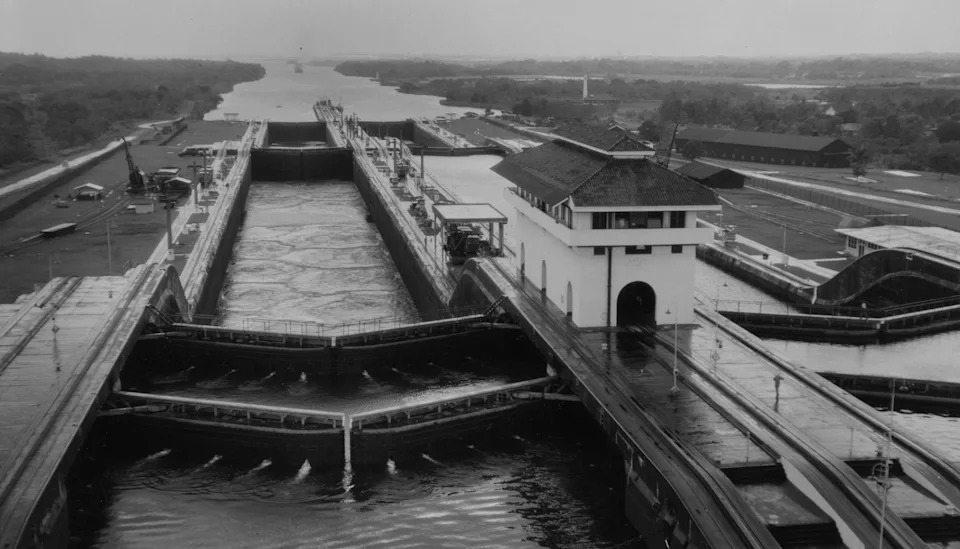
The so-called “pan-atomic canal” would assuage what was, in the 1950s and 1960s, an unrelenting fear of invasion from Cold War boogeymen. The existing artificial waterway that ships used to cross the continent from the Atlantic Ocean to the Pacific, the Panama Canal, was not built at sea level on both sides. To get from one side to the other, boats had to be raised and lowered through six sets of locks. Depending on traffic, the process could take up to 12 hours to travel just 55 miles. More importantly, if just one lock were disabled or destroyed, the passage from east to west would be essentially inoperable, crippling the United States and its military defenses.
Nuclear bombs for peace
Around World War II, scientists and government officials noticed the incredible terraforming abilities of nuclear bombs. Atomic power, they believed, could quickly and easily reshape nature’s less desirable geographical features. The Plowshare Project dreamt up idealistic, peacetime applications, such as reversing the course of rivers, triggering small earthquakes to prevent large ones from forming, flooding desserts, and, above all, snaking out a Central American canal with fewer vulnerabilities.
As Edward Teller, one of the fathers of the hydrogen bomb and the champion of Project Plowshare, put it: “If your mountain is not in the right place, just drop us a card.”
Alaska’s infamous Project Chariot
In Alaska, Project Chariot was an experiment to determine whether nuclear power could be as useful in real-life engineering as it appeared to be on paper. Detonating the explosives underground would “reduce the usually heavy fallout of surface or near-surface blasts,” according to a September 1958 Popular Science article on the project.
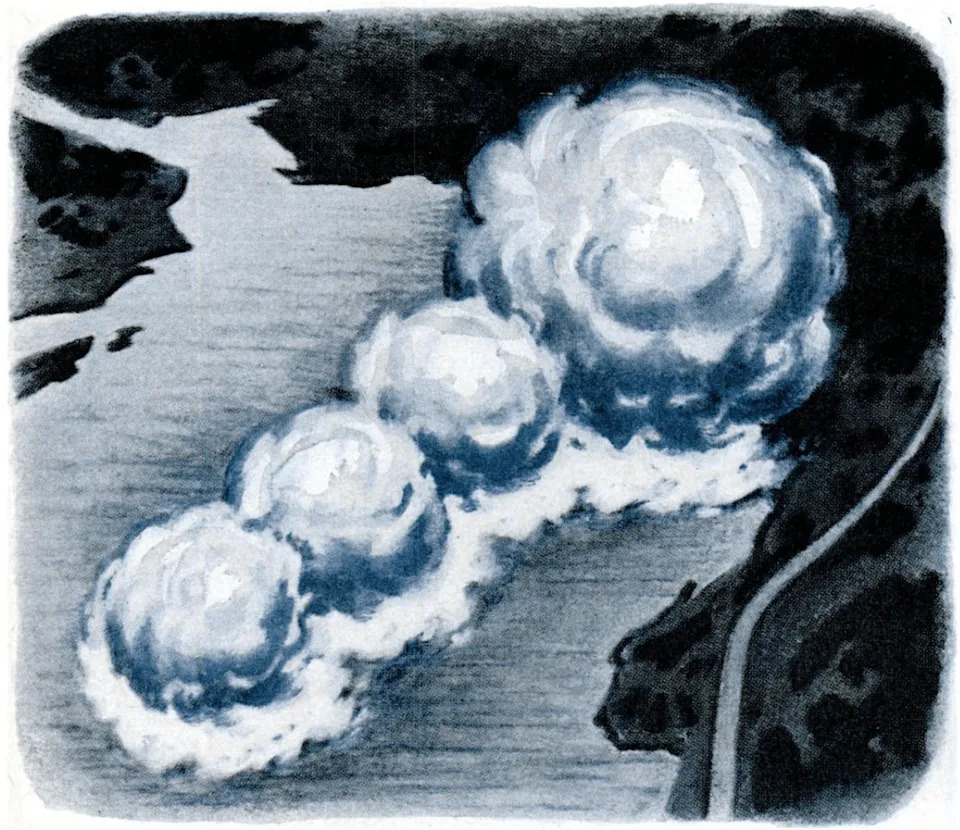
The AEC expected the majority of the radiation produced to be carried 200 miles downwind. But, just in case they’d miscalculated, they intentionally chose a location “where there weren’t a lot of people around,” says Kaufman. The fact that those living closest to the proposed harbor were small communities of Indigenous people “played a huge role.”
But the Iñupiat were prepared to fight. They’d read about how nuclear tests on Bikini Atoll in 1954 had peppered the archipelago with fallout, how residents of distant islands came down with symptoms of radiation poisoning, and how even years later it was too unsafe for local people to return home.
The Iñupiat’s biggest concern was the impact Project Chariot would have on their livelihood, primarily hunting caribou and seal, fishing, and collecting bird eggs. So fierce was their resistance that the AEC agreed to delay the project by two years, from 1960 to 1962, in order to conduct environmental tests that would prove what project managers had been trying to convince community members—that Chariot’s potential benefits outweighed its minimal risks.
The studies did anything but. Even if the bombs emitted only small amounts of radiation, there was no way to control which direction the fallout would travel. A year’s worth of data confirmed that if radioactivity from the harbor’s blasts was blown inward, they’d be forced to restrict access to essential subsistence hunting and nesting grounds, and groundwater would be severely contaminated.
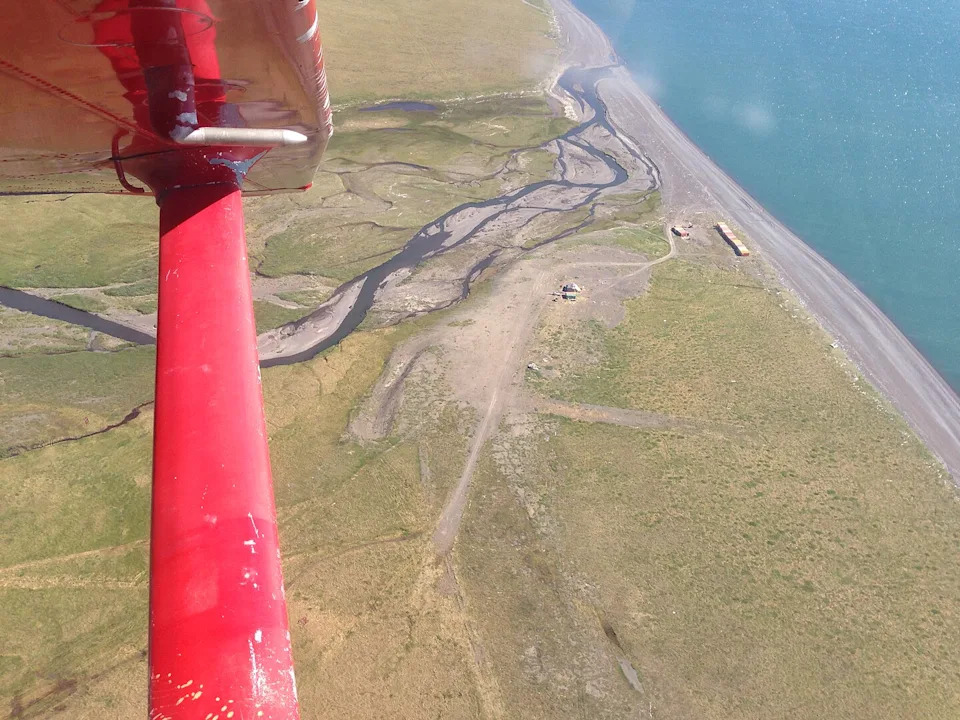
Another study found that Indigenous Alaskans already had higher levels of radioactivity in their bones due to fallout from Soviet nuclear tests that had leached into the lichen and mosses eaten by the caribou they consumed. Adding more radioactivity to the Alaskan ecosystem would likely result in higher rates of cancer. Like the disease, Project Chariot would destroy local people from the inside out, and the Iñupiat weren’t having it.
A new environmental movement
By mid-1961, media coverage of Project Chariot and the environmental studies surrounding it had galvanized opposition around the United States. In frustration, the AEC turned to another Plowshare experiment, Project Gnome, a detonation in New Mexico expected to be fully contained underground. It wasn’t. Enough radiation leaked into the atmosphere that not only were evacuations and decontamination required, the AEC provided clean animal feed for ranchers in the fallout’s path for months afterward.
The experiment’s failure ignited unprecedented resistance to Project Chariot, marking the first major environmental movement to sweep the United States. By 1962, the public backlash had reached a fever pitch. The AEC quietly gave up on Project Chariot that summer, and on Project Plowshare altogether about a decade later.
[ Related: The US is developing a new nuclear bomb. Why? ]
But the idea of constructively using nuclear power has never been fully abandoned. Elon Musk has suggested more than once that thermonuclear devices could be used to terraform Mars for human habitation; Donald Trump has floated the idea of using “nukes” to disrupt hurricanes.
Convincing the public of the wisdom of projects like these would be a “very, very tough sell,” says Kaufman, but “historians never want to say never.” It’s possible that a new generation of nuclear explosives could produce a blast without the radioactive fission.
“Things happen that you simply do not expect,” Kaufman muses. But “once you open Pandora’s Box, it’s very hard to close it.”

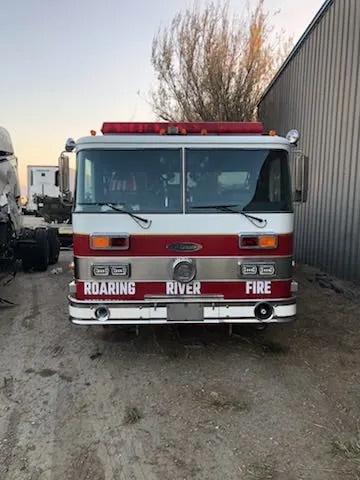

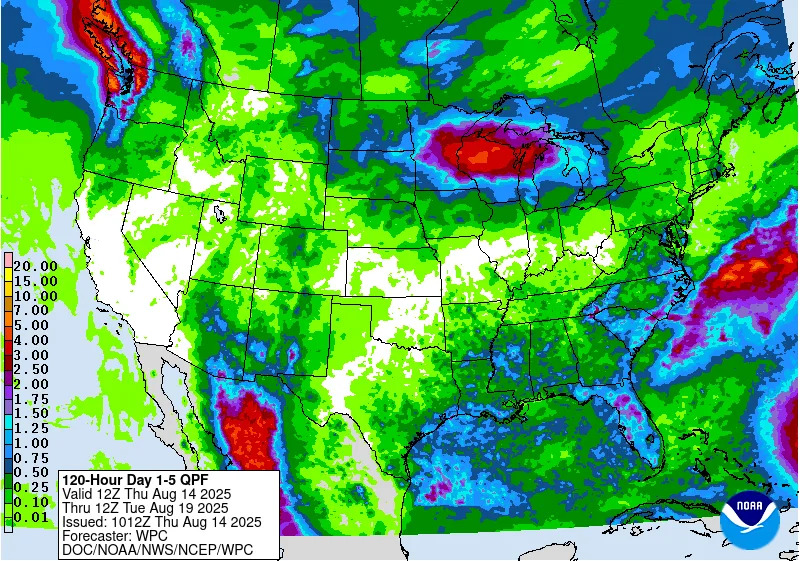


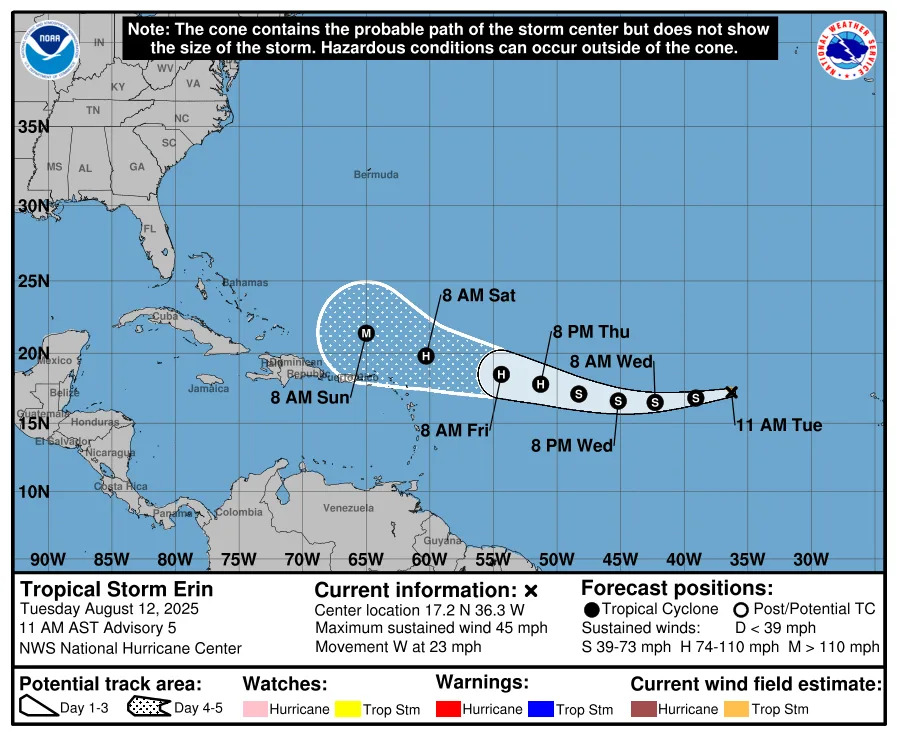

Comments